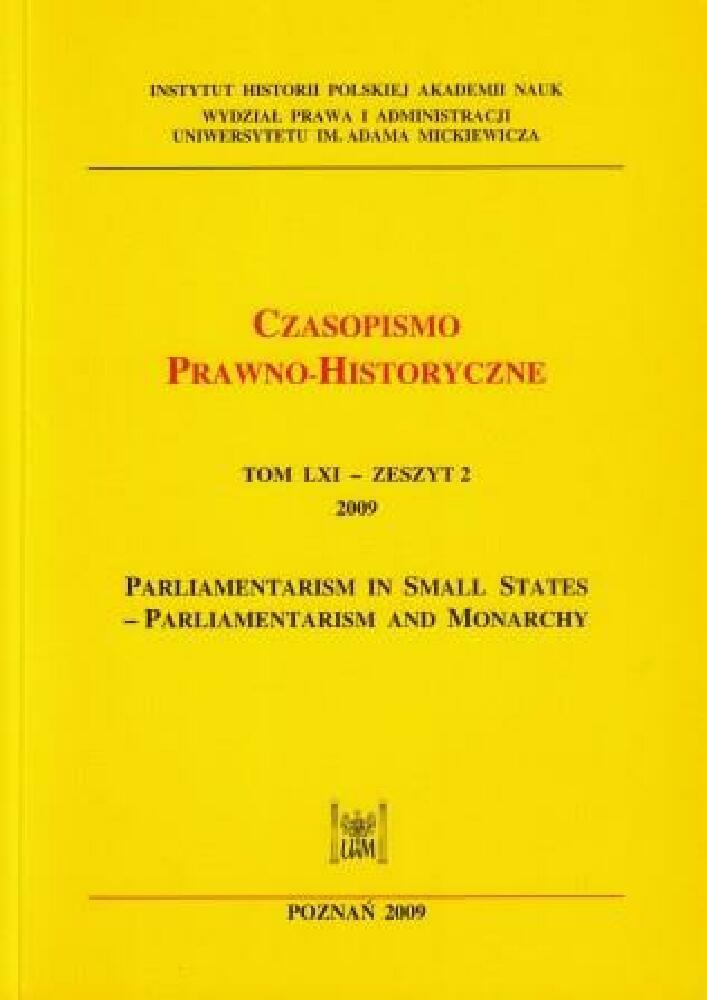Abstrakt
The 1603 Union of the Crowns marked a diplomatic, dynastic and political triumph for the Scottish royal family, the House of Stewart. James VI, King of Scotland, succeeded Elizabeth I as the monarch of England as James I of England. The Anglo-Scottish dynastic union came into existence, but Scotland and England remained independent kingdoms with their own respective institutional infrastructures. The mother of James VI, Mary, Queen of Scots, had a strong dynastic claim to succeed to the English throne instead of Elizabeth I and she remained a perennial thorn in the side of the English body politic until her execution in England in 1587. Her stubborn adherence to her devout personal Catholicism, her legitimate right to succeed to the English throne in the eyes of many English Catholics and Catholic Spain, and her perceived involvement in international Catholic plots to assassinate Elizabeth ultimately ensured that her removal as a political and dynastic threat could only be implemented by her execution. What took place in 1603, therefore, was a Stewart succession in England, but this was a Protestant male succession as opposed to a Catholic female succession.
Finansowanie
Digitalizacja i Otwarty Dostęp dofinansowane przez Ministra Edukacji i Nauki w ramach umowy nr BIBL/SP/0002/2023/1
Licencja
Copyright© 2009 Wydział Prawa i Administracji UAM w PoznaniuOPEN ACCESS




